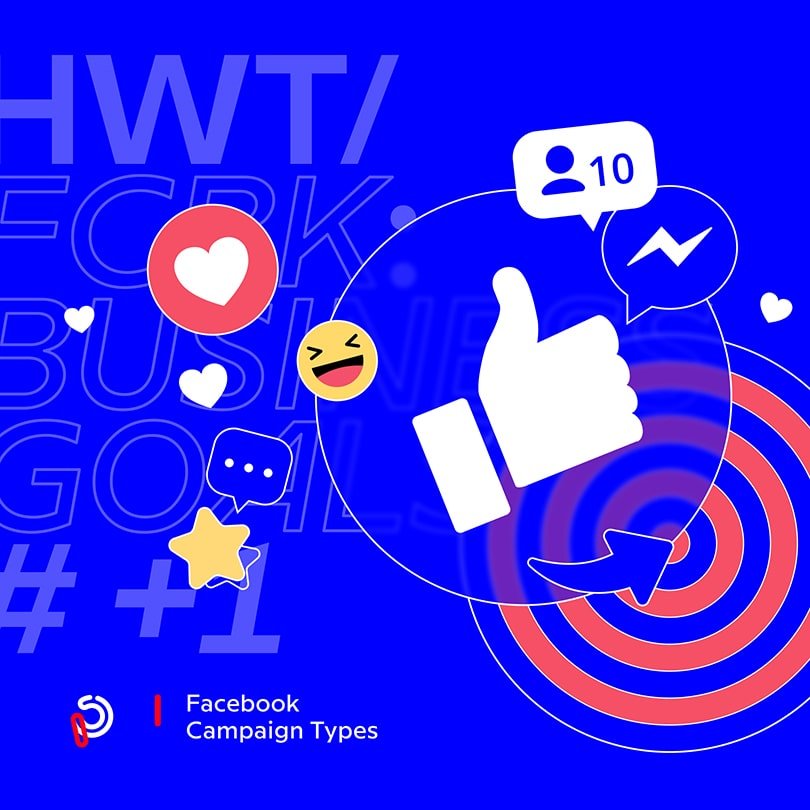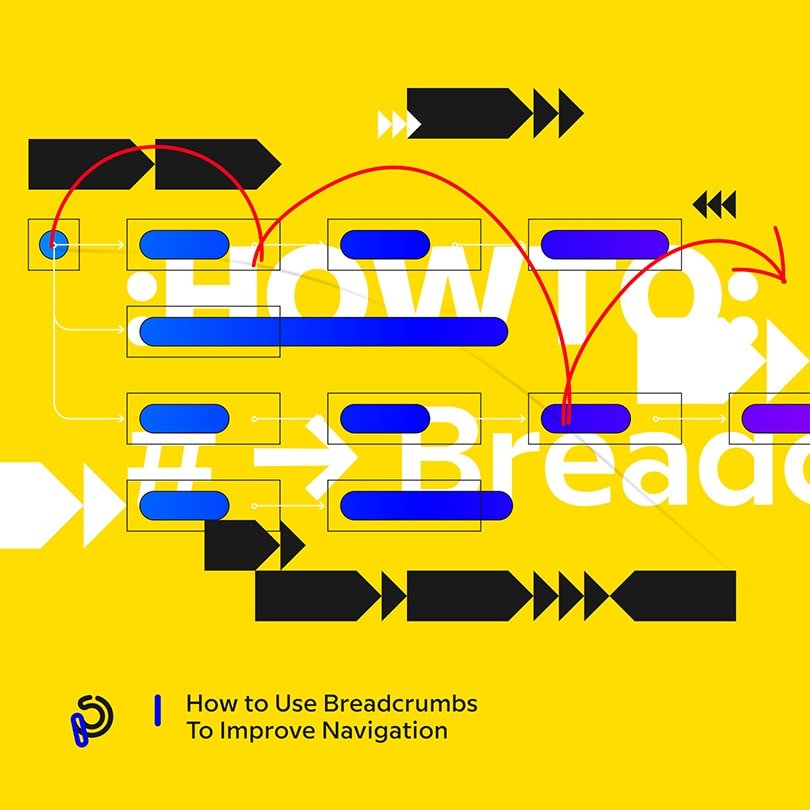If you’ve been mingling with digital marketing since the early days, then you know that being successful with social media marketing wasn’t always pure rocket science. Roughly a decade ago, gathering organic likes and follows was a lot easier, and using ads was more or less unnecessary for a local business to get some buzz going through town.
Nowadays, to get seen, chances are, you will also have to grab your wallet. The competition has never been so stiff on social channels, and most brands out there will do anything to get in front of your audience and potential clients.
Enter the world of Instagram and Facebook ads. Paid social media advertising shouldn’t be hard to master, but it will require some research and digging. For starters, there are different ad campaign objectives, which will help you achieve certain goals.
And to help you spare yourself from any headaches, this article will focus on introducing you to different Facebook and Instagram ad campaign objectives to ensure that you’re getting the best results out of your social budget.
About Facebook Campaign Objectives
Right off the bat, let’s get this out of the way. One of the largest mistakes business owners make when it comes to social media advertising is that they are using the wrong campaign to get their specific, desired results. This puts both your campaign and your business at a disadvantage in the social media realm.
Basically, the objective you end up selecting will help Facebook set up its own strategy to optimize your ad material and display it to the people online. Based on the information you give (and the objective you select), the Facebook algorithm will show your ads to your target audience, who Facebook deems most likely to take any form of action.
For instance, if you opt for the Traffic objective, Facebook will prioritize showing your ads to those users who have a tendency to click links.
How can this be possible? Well, the people who use the platform are also constantly providing info the Facebook about their actions, interests, and online behavior. The social channel uses this anonymous statistical data to target specific people based on the goals and information you feed to the advertisement panel.
Simply put, ad campaign objectives will tell Facebook what you want people to do with your ads.
On that end, selecting the right objective can make a world of difference when it comes to planning overall digital strategies, improving scaling efforts, budget allocation, and overall social media marketing success.
Objectives Helping Awareness
When it comes to awareness, you have two different ad campaign objective categories. They are called Reach and Brand Awareness, respectively. Both of these categories are created with the intent of showing your ads to the largest audiences possible within the constraints of your budget. Simply put, both of these objectives aim to create a genuine interest of the people online in your business.
Both these objectives optimize for impressions, meaning that the ads will most probably be shown to the largest number of users in your target audience. That being said, engagement and clicks will be typically low on these categories.
If you want to raise attention, get the buzz going about your brand, these categories can help your business reach your goal. However, if you want to make more sales or gain more website traffic, these objectives might not be the best idea. Why? Because you want Facebook to show the ad to the people who will most possibly visit your site and will eventually make a purchase.
Reach
As we’ve already mentioned, the Reach objective will optimize your ad content for impressions. The social platform will show the ad for the largest group of people possible in your target audience as much as your budget lets it. If your goal is to get in front of as many people as you possibly can (without the intention of making sales right off the bat), this might be the best objective for you.
For starters, using the Reach objective can be a splendid idea when getting together a local event, and you want to spread the word, letting as many people know about it as possible. However, if you want people to book their tickets beforehand, it might not be the best option to go with.
Brand Awareness
This campaign objective also optimizes for impressions. This also means that the social platform will aim to show your ad to the largest possible number of people who are most likely to be interested in the ad.
You will see that Facebook’s Ads Manager will display an “estimated ad recall lift” data, that’s an estimated figure of the number of users who would most probably recall your ad in two days after seeing it.
However, to get a precise number, you will need to carry out a brand-lift study. Because of this, this ad campaign objective category is mostly used by larger brands who invest in social media with quite corpulent budgets and who also have the ability to measure these results.
For small businesses who just want to get noticed, other campaign objectives might get more fruitful results.
All in all, if you have the means and the resources to measure ad recall lift, this objective can be a great option to get in front of more people.
Conversion Objectives
These objectives (Catalog Sales, Conversions, and Store Traffic) all have the goal of encouraging people who are interested in your brand to buy your products or use your services. As such, these objectives are optimized for high-intent actions, like purchase, meaning that they also require a bit more mingling with setups and other things before you can launch them.
Conversion objectives also tend to be a bit more costly regarding impressions and link clicks than other ad types. Even then, you shouldn’t get intimidated by them. In some cases, the cost per conversion may end up being lower in the long haul when you use these objective types.
Why? Because your ads will be shown to those people who are already probably ready to buy from you.
Conversions
When the goal is to reach those people who you want to take a specific action on your site (like buying products from you, adding items to their cart/wishlist, or signing up for your newsletter), using the Conversion objective might be the best idea.
However, before getting started, a few things should need to be installed or checked, like:
- Facebook pixel
- Conversions API
- Domain verification.
- Events Manager event configuration.
After all this, comes optimizing the ad campaign for the most relevant conversion events that are based on the main goal. Once done, Facebook will show the ads to the users within the target audience who are most likely to take the desired action. That being said, for increasing sales, using this objective and optimizing it for purchases makes sense.
All in all, this objective is great for generating sales and leads.

Catalog Sales
For most product-based businesses, the Catalog Sales objective can make sense as the platform enables you to create a catalog on Facebook and showcase the products to those most likely to buy.
These ads are also called dynamic product ads. They basically show a variety of products to target audiences in the ads, and they can also retarget people with specific products based on their activity on your website.
This is the scenario when you’ve been looking at a pair of jeans online and even added it to your cart but forgot to check it out. After that, you’ve probably seen the retailer following you around Facebook with that pair of jeans. If you have, chances are, they were using the catalog sales objective on Facebook, hoping that you will return and ultimately make the purchase.
When using catalog sales, first, users need to create a Facebook catalog. The social media platform will then select a handful of images from said catalog and use them in the ads catching the eye of people who are scrolling through their phones on Facebook.
Ultimately, using this ad objective is a great idea for those who have a huge product inventory and want to showcase them to their potential customers based on their previous activity and interactions with their brand.
Store Traffic
When you have several brick-and-mortar stores and looking for ways to increase your foot traffic, using the Store Traffic objective can help you achieve your goals. However, before you can leverage this feature, you need to add your store locations to the platform and your working hours. After that, Facebook will start showing ads to the closest location to your users based on a particular radius, which you can set automatically or manually.
This is a great objective when you have stores at multiple locations. That being said, it might not be the best if you have only one brick-and-mortar store. If that’s the case, you may get better results by using Reach.
Consideration Objectives
There’s a total of six different campaign objectives in this group, Traffic, Video Views, Messages, Engagement, App Installs, and Lead Generation. These all optimize for specific actions like comments or link clicks.
Facebook will show the ads to the users within target audiences who are most suspected to take the action that brand owners prefer.
Simply put, these objectives are all more or less designed to drive low-intent actions, so site owners can be prepared that the overall percentage of the people who will take one of these actions will be pretty high. However, if the end-result goal is driving more conversions and sales, these low-intent actions will most likely lead to low-quality leads.
Traffic
If the primary objective is to drive more people to a site, then the Traffic campaign objective is the best. This one optimizes for landing page views, and link clicks.
Facebook shows the ads to those users who are in the target audience and are most likely to click on links.
Several things can be set before launching the campaign on the ad set level. When selecting the Landing Page Views option, the platform will show the ad to those who won’t only click but will actually wait for the website to load to view it.
To set up the Traffic objective, choose the destination URL at the ad level, and target any website.
Simply put, this is a great objective to increase traffic to a site. With this, users can get more familiar with a brand, blog, products, services, and more.
Video Views
As the name suggests, when opting for this ad objective, the platform will optimize the ads to show video to people who are most likely to watch it.
Using the video views is a great way to build awareness and more trust with a generally cold audience. Video campaigns are also great to establish retargeting audiences based on how long they were watching the videos to take them closer to a conversion.
To get the most out of these campaigns, the video needs to be engaging enough to capture the audience’s attention and deliver value within the first few seconds so people will keep watching. Also, adding captions for the audience for better accessibility is also a mustt for those who are watching without the sound off. Video content can be used with other ad objectives as well.
Messages
Looking to start conversations with people via Instagram Direct or Messenger? If that’s what you want to boost, then the Messages campaign objective can help reach these goals. As with other objectives already mentioned above, Facebook will prioritize those users who are most likely to interact with a given brand via messages.
This can be a great way to boost overall engagement with a target audience. However, business owners will probably need someone to monitor the pages’ inboxes and respond to the messages as soon as possible. For the most part, users want fast responses, and this criteria must be met.
Businesses should also give their potential customers a clear reason to make contact with the,. People might still associate these ad types with spam, so making sure that they know that after they click, the ad will open either the Messenger app or Instagram Direct is crucial.
All in all, these ad types are great for creating a more intimate relationship with customers. They can gain more trust in a brand as they ask questions and reach out to businesses with their concerns. It’s a great way to lead the conversation toward conversions or purchases.
Engagement
When the goal is boosting engagement, then this is the objective brands should focus on. This campaign will target those people who are most likely to engage with the ads, and there are a few engagement types to choose from before launching a campaign:
- Page Likes: This goal will generate more likes on a Facebook page. The ads will be shown to those who are the most likely to click the “Like” button on a page.
- Post Engagement: This ad type includes everything from commenting, sharing, reacting, video views to clicks. It helps a great deal with building “social proof” on ad and posts, and above all, it gives more credibility to a brand online. However, in order to pull this off, the ad needs to encourage engagement from people. There has to be a reason to interact. The post has to be engaging by default. If that’s not happening, chances are, people won’t really engage with it.
- Event Responses: This engagement helps tp get more responses to events. The only problem is, this is a rather low-intent action. Meaning, the 150 people who clicked “going,” it won’t necessarily mean that they will show up at the event. So, when ticket sales are the main concern, it might be a better using the Conversions objective, and driving traffic to the landing page where they can buy tickets.
All in all, Engagement is a great objective if you want to get more like and social proof. For signing up to events, they can help you give a ballpark figure of the potential attendance, but it won’t be the best way to capitalize on the event.
App Installs
The name of the objective kind of speaks for itself. If a business has an app and wants people to download it, the App Installs campaign is the way to go.
When opting for this objective, the ads will be shown to people who are suspected on clicking on “download,” taking them directly to the designated app store to get it.
In order to get the most out of this particular ojective businesses will need to register it with the social platform beforehand and implement SDK, allowing them to track the app event data from the Ads Manager panel.To simplify the entire campaign process, the automated app ads feature can be used.
Lead Generation
Last but not least, this objective allows to add different contact forms to an ad and customize the questions if additional information is needed from prospects.
When someone clicks on a lead generation ad, the user will be asked to provide particular information, like email address, name, and so forth. To make their lives easier, the users can simply add the necessary data from Facebook itself.
When they submit the questionnaire, brands can collect the gathered data from the page or get ut sent to the CRM automatically via different pieces of software, like Facebook partner integration.
All in all, this is a great objective when you want prospects to submit their details to you when you don’t have sign-up forms on your website.
Get the Most of Facebook Ads With the Right Campaign
Knowing how to choose the right campaign objective can help optimize social media spending, improve traffic, help boost your sales, and improve conversion rates overall.
Also, it will help get abrand more social proof in the process.
The most important thing here to remember is that the objectives choosen will correlate to how the platform will deliver the ads to a target audience. As such, campaign objectives can greatly influence overall results and the way the ads are optimized.
To master this, brands definitely need some experience and you don’t have to experiment. A qualified digital marketing agency with a proven track record can help you optimize your social media ads and spending, helping you grow your business with ease.





